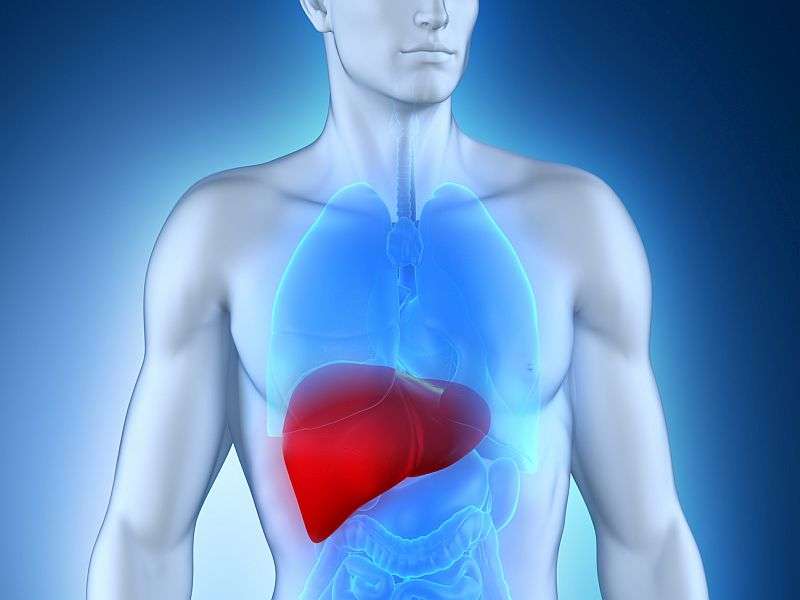(HealthDay)—The burden of hepatitis C virus (HCV) and associated disease is projected to remain considerable even in the era of oral direct-acting antivirals (DAAs), according to a study published online March 25 in Hepatology.
Jagpreet Chhatwal, Ph.D., from the Massachusetts General Hospital Institute for Technology Assessment in Boston, and colleagues projected the HCV-associated disease burden in the era of oral DAAs using a previously developed and validated Hepatitis C Disease Burden Simulation model. The model simulated the actual clinical management of HCV from 2001 onward. Two hypothetical scenarios were also simulated: no treatment and treatment with peginterferon-based therapies only.
The researchers found that an estimated 2.5 million noninstitutionalized people were viremic in 2010, which decreased to 1.9 million in 2015 and is projected to decline to below 1 million by 2020. From the launch of oral DAAs in 2014 to 2030, 1.8 million HCV patients are expected to receive HCV treatment. It will take four to six years to treat most patients who are aware of their disease, based on current HCV management practices; in 2020, 560,000 patients will still remain unaware of their disease. In the next 35 years, 320,000 patients will die, 157,000 will develop hepatocellular carcinoma, and 203,000 will develop decompensated cirrhosis.
"Increasing HCV screening and treatment capacity is essential to further decreasing HCV burden in the United States," the authors write.
The study was partially funded by Gilead Sciences.
More information:
Abstract
Full Text (subscription or payment may be required)
Journal information: Hepatology
Copyright © 2016 HealthDay. All rights reserved.



















